Natzweiler-Struthof
This concentration camp was the only one with official concentration camp status that the Nazis established on French territory. Actually, it was on German territory because this part of France (Alsace-Lorraine) was incorporated into the German empire in 1940. The camp was located near a granite quarry where about 300 German prisoners began its construction in May 1941. Until the first three barracks were completed, the prisoners were quartered in the nearby hotel Struthof. The Conditions there can of course not be equated with a regular hotel stay.
The Camp was very small in comparison to other Concentration Camps and measured only five hectares and the number of prisoner barracks only 14. Natzweiler was the smallest concentration camp. Until August 1942, the prisoners worked in the nearby granite quarry, but after that the majority of the prisoners worked in war industry in one of the 18 satellite camps belonging to the Natzweiler-Struthof. The Camp was built for about 1500 people but in 1944 it housed between 7000 - 8000 prisoners. In total, there were about 19,000 people in Natzweiler and its satellite camps. In 1943, the Nazis began deporting Nacht und Nebel (night and fog) prisoners to Natzweiler.
In 1943, a gas chamber was established in the nearby village of Struthof. Professor August Hirt from the University of Strasbourg often came with colleagues to the Natzweiler-Struthof and performed autopsies or experiments on dead or living prisoners. Hirt was a member of the association Ahnenerbe which Himmler had founded in 1935. This was an association devoted to examining the anthropological and cultural origins of the Aryan race. The (main) purpose was to find evidence that the Aryan race once ruled the earth.
In 1943, Hirt personally requested permission from Himmler to be given corpses from different races for scientific research with the purpose to prove superiority of the Aryan race. Himmler could not resist such a request and therefore sent 115 prisoners from Auschwitz to Natzweiler-Struthof. The prisoners were murdered in the gas chamber and then sent to Hirt for "research". The skeleton was later to be exhibited at anthropological exhibitions after the war to show the differences between the races. Natzweiler-Struthof began to be evacuated in September 1944. Prisoners were sent out on Death marches to Germany and mainly Dachau. The camp was liberated by American troops in November 1944.
Current status: Partly preserved/demolished with museum (2000).
Location: 48° 27' 17 N 7° 15' 16 E
Get there: Car.
Follow up in books: Kogon, Eugen: The Theory and Practice of Hell: The German Concentration Camps and the System Behind Them (2006).
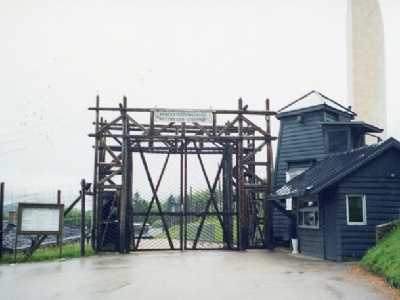
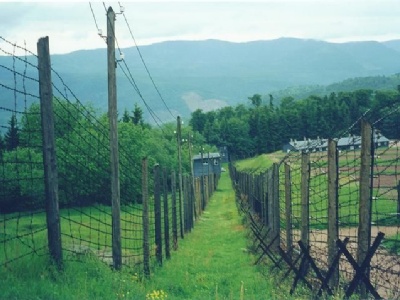
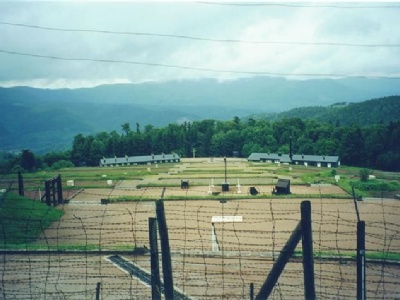
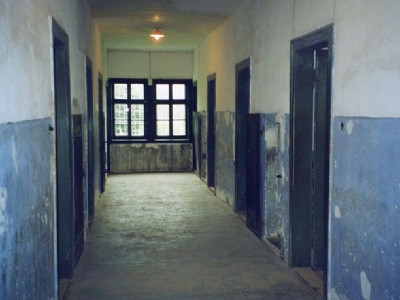


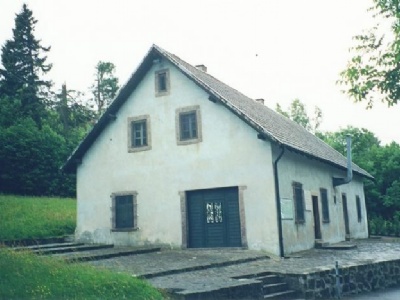
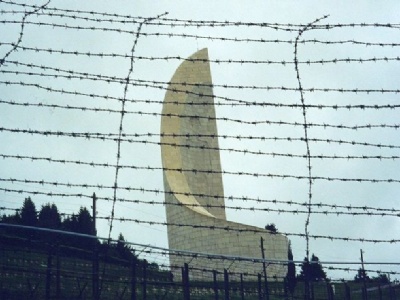
Natzweiler-Struthof is an interesting museum often forgotten in comparison to more known and infamous camps. It does not get as much attention as the camps in Poland and Germany. But the museum is well worth a visit as several historical interesting buildings and objects remain, such as the gas chamber, crematorium, camp entrance, watchtower and fence. There was also a barracks left in which an exhibition was opened in 1965, but this was burned down by vandals in 1976 and about 95 percent of the objects were destroyed. The barracks were rebuilt but in 1979 the museum was subjected to further vandalism. Unfortunately, it is not unique that former concentration camps and other monuments in memory of the victims of Nazism are subjected to extensive vandalism or graffiti.